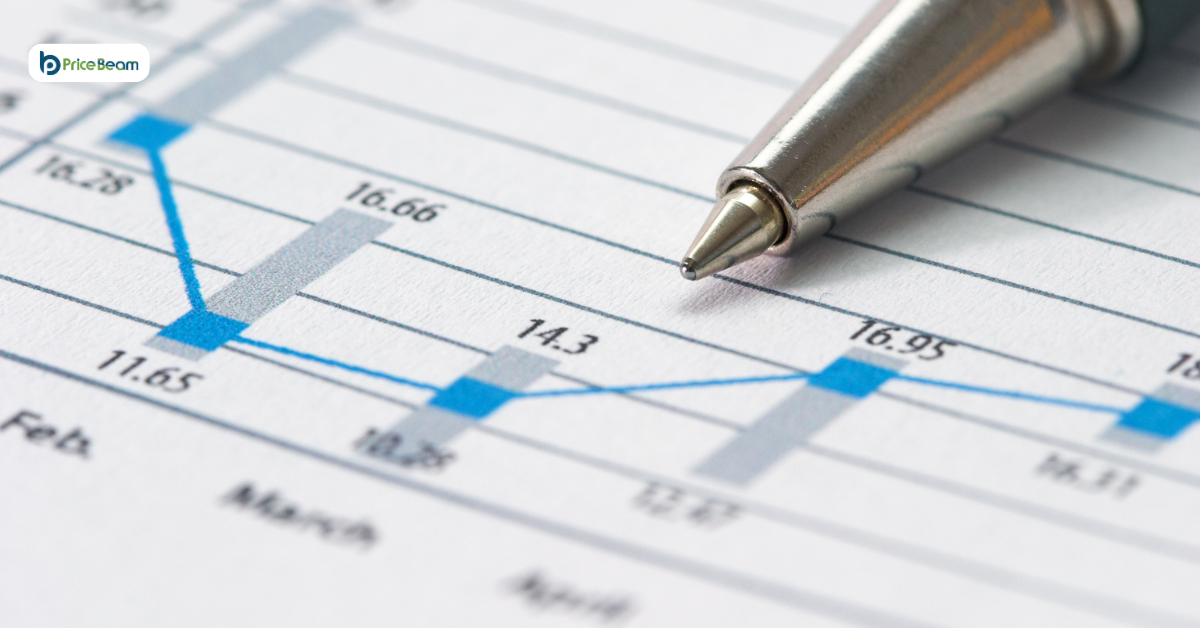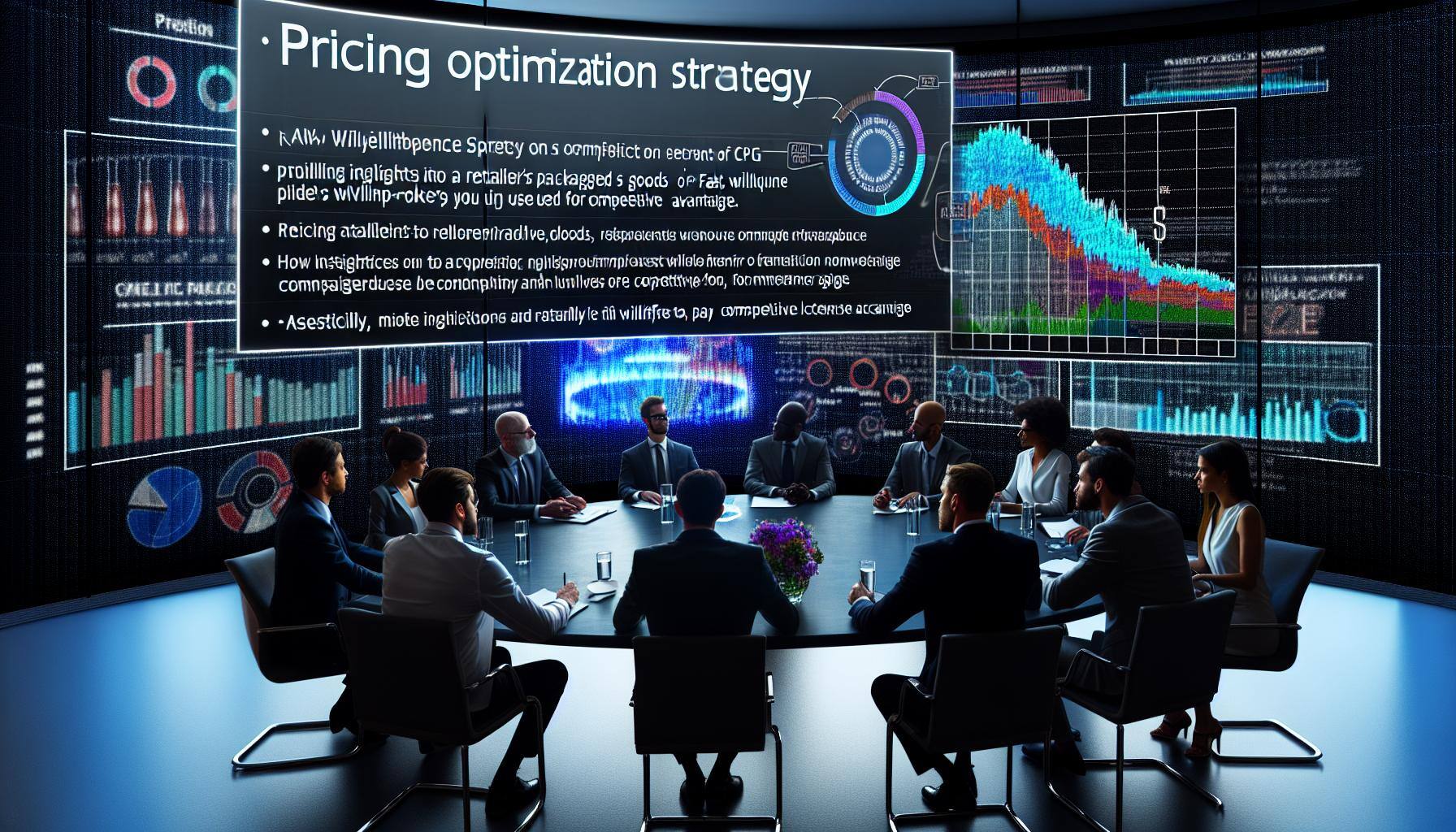Price Promotions: Striking a Balance Between Incentive & Excessiveness
 PriceBeam
·
2 minute read
PriceBeam
·
2 minute read

Price promotions are ubiquitous in the retail world. From 'Black Friday' sales to 'Buy One Get One Free' offers, consumers are frequently enticed with lower prices to stimulate purchasing. While effective when deployed judiciously, they can, at times, prove counterproductive. Understanding when a price promotion is advantageous and when it risks damage to consumer perception is crucial for maintaining brand value and profitability.
The Utility of Price Promotions
Let's first address when and why price promotions can be beneficial:- Clearance of Inventory: When products are close to their expiration date or when there's a need to make room for new stock, price promotions can help accelerate sales.
- Introduction of New Products: By offering initial promotional prices, companies can entice consumers to try something new, potentially establishing its place in the market.
- Competitive Positioning: If a competitor reduces prices or introduces a new offer, a timely promotion can retain customers and market share.
- Short-Term Sales Boost: In situations where businesses need immediate revenue growth, such as meeting quarterly sales targets, promotions can provide a temporary uplift.
- Gathering Data:** Promotions, especially those requiring sign-ups or memberships, can serve as data collection points, helping businesses understand purchasing habits and preferences.
The Pitfalls of Excessive Price Promotions
Conversely, excessive or poorly-planned promotions can erode brand value and adversely impact long-term profitability:- Devaluation of the Brand: Constant discounts can lead consumers to question the product's worth. If a product is always on sale, what then, is its real value?
- Consumer Expectation: Frequent promotions can train consumers to wait for discounts, reducing the number of full-price sales and compressing profit margins.
- Impact on Profitability: While promotions might increase volume, they can reduce the profit per unit, which might not always result in net positive profitability.
- Quality Perception: Over time, constant price slashing can create a perception that the product is of lesser quality or is outdated.
- Promotion Fatigue: Overexposure to sales and discounts can lead to consumers becoming numb or indifferent to such offers, reducing their overall effectiveness.
Walking the Tightrope: Balancing Utility and Overindulgence
To navigate the delicate balance, businesses must develop a well-defined strategy:
- Promote with Purpose: Every promotion should have a clear objective. Whether it's to introduce a new product, clear out old inventory, or counter a competitor's move, having a defined purpose ensures that promotions align with broader business goals.
- Limit Frequency: Resist the temptation to have back-to-back sales. Instead, allow breathing space between promotions to maintain a sense of urgency and exclusivity.
- Segment and Personalize: One size does not fit all. Using data analytics, businesses can create targeted offers for specific consumer segments, ensuring relevance and reducing overexposure.
- Maintain Perceived Value: Combine price promotions with value-added offers. For instance, instead of a straight 20% off, offer a free complementary product on a minimum purchase. This way, consumers perceive value without associating the brand with constant price cuts.
- Monitor Competitors, Don't Mimic: While it's essential to be aware of competitors' pricing strategies, businesses shouldn't get caught in a constant loop of reactive pricing. Instead, focus on differentiating factors like product quality, customer service, or unique selling propositions.
- Diversify Promotion Types: Relying solely on price cuts can be a trap. Loyalty programs, contests, cash-back offers, and exclusive memberships can also incentivize purchases without compromising on price perception.
- Educate Consumers: If consumers understand the value of what they're buying, there's a lesser need to lean on price-based promotions. Investing in content marketing, product demonstrations, and educational campaigns can bolster the perceived value.
- Evaluate and Adjust: Post-promotion analytics are crucial. Understand the direct impact of the promotion on sales, profitability, and consumer behavior. Did it lead to new customer acquisition or just one-time bargain hunters? Use these insights to refine future strategies.
Conclusion
Price promotions are undeniably potent tools in a marketer's arsenal. However, like any powerful tool, they must be used with discernment. Businesses must strive to find the balance between driving sales through promotions and maintaining the long-term value and perception of their brand. In a world saturated with offers and discounts, the brands that can seamlessly integrate promotional strategies with their overall brand narrative will stand out and thrive.
.png?width=400&height=100&name=PBLogoTransparent%20(1).png)



